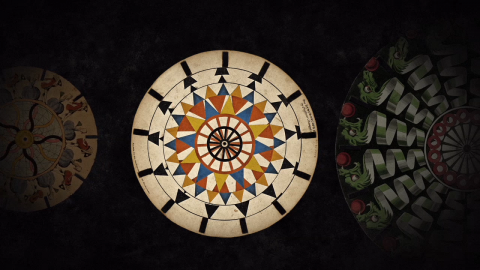
The videogame that dares to tackle African politics
Videogames have a problem with how they portray Africa—the continent often appears as nothing more than a stereotypical warzone. The most egregious example is 2009’s Resident Evil 5, which included an unnamed African locale with a conspicuously incensed mob united under an unconvincing explanation of undeadness as an excuse for white protagonist Chris Redfield to shoot every local he sees. A more recent slight was the Call of Duty: Black Ops II (2012) mission” Pyrrhic Victory”, where combatants of the Angolan Civil War are portrayed as machete-wielding maniacs charging at each other in a dusty battlefield. The portrayal was so…







